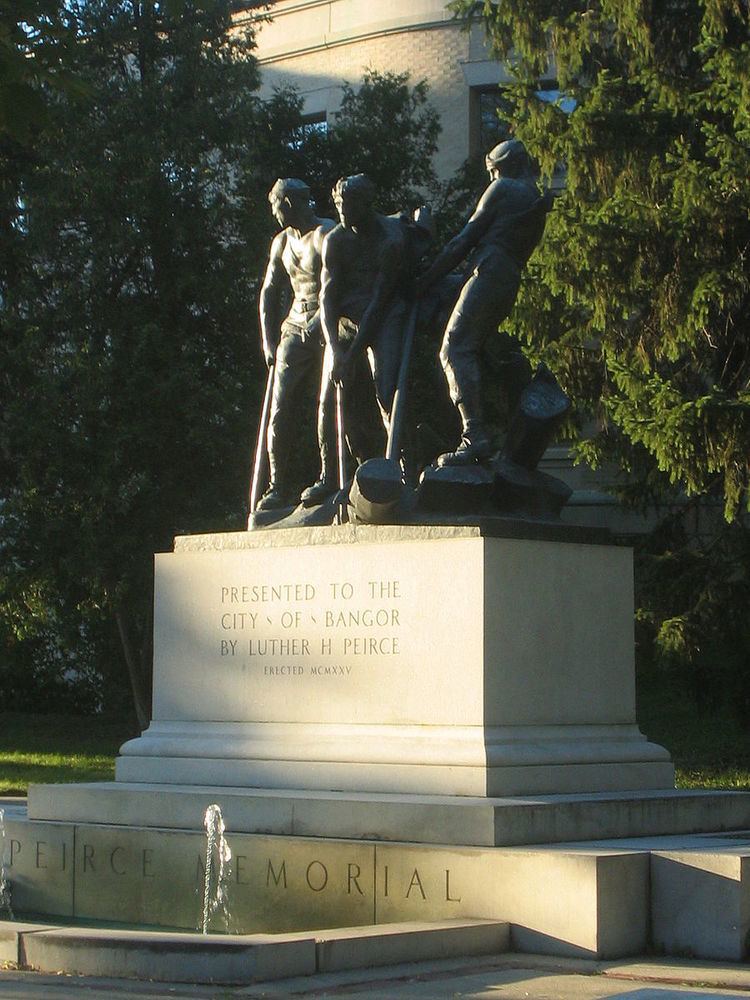Name Charles Tefft | ||
 | ||
Charles (or Carl) Eugene Tefft (September 22, 1874 – September 20, 1951) was an American sculptor born in Brewer, Maine. He is best remembered for this statue of Hannibal Hamlin, one of Maine's two statues in the National Statuary Hall Collection located in the US Capitol in Washington D.C.. A second Tefft statue of Hamlin stands in Norumbega Mall (a public park) in downtown Bangor, Maine.
He studied sculpture with Frederick Ruckstull at the Artist-Artisan Institute in New York City. He also taught there. He worked for a while as an apprentice to John Quincy Adams Ward.
He set up his own studio in Tompkinsville, New York and later in Guilford, Maine.
As with many sculptors of his generation, Tefft produced architectural sculpture, most notably a figure Renaissance Art, for Cass Gilbert's Saint Louis Art Museum in St. Louis, Missouri.
Tefft was chosen as the director of sculpture at the Sesquicentennial Exposition held in Philadelphia in 1926.
He died in Presque Isle, Maine on September 20, 1951.
